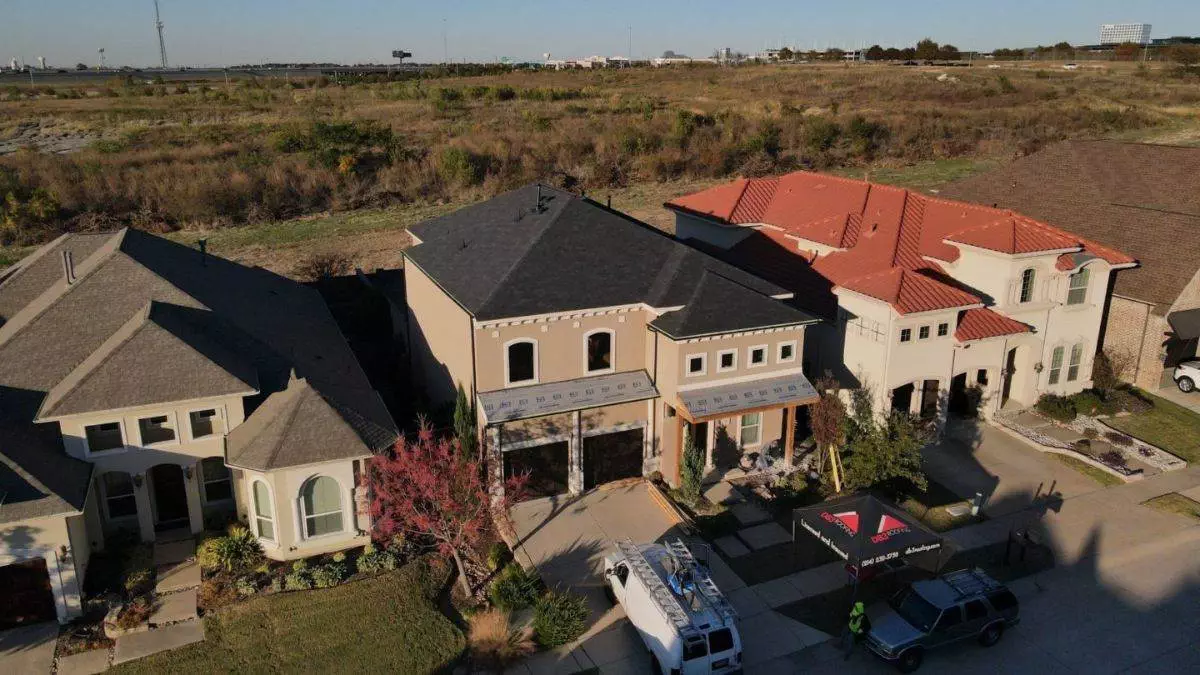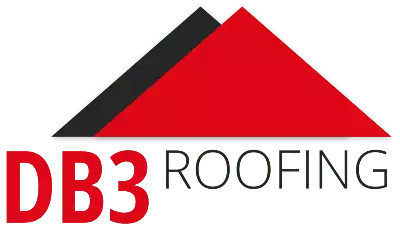
Today everything is measured by its environmental friendliness and carbon footprint, and rightly so. It is our social responsibility to protect the environment from further degradation, but al and existing living spaces for the future. The choice of roofing materials for our homes is an essential component of an environmentally friendly lifestyle and creates the question: What environmentally friendly roofing choices are there?
Environmentally friendly roofing falls into two categories: the roofing material and its impact on a low-carbon emission living environment. So let’s quickly look at these two aspects and the respective choices of roofing materials.
Environmentally Friendly Roofing Materials
The lead shingles common in old churches are an obvious example of a roofing material that is no longer usable. It results in the contamination of groundwater and far-reaching health issues. Luckily there are sufficient alternatives available:
- Recycled materials. The higher cost of traditional roofing materials has prompted manufacturers to use recyclable materials as an alternative. Today we have a choice of rubber shingles made from old tires, plastic shingles made from recyclable containers, and even roofing sheets made from materials that would otherwise end up in the landfill. These roofing options created from recycled materials are also made to last as long and even longer than the original.
- Recyclable materials. Some roofing materials are directly recyclable when you install a new roof. Slate shingles and clay tiles will last many centuries and are sourced from old buildings and reused on new installations. Metal roof sheets can also be reused for many years if properly removed from the existing roof.
- Sustainably sourced materials. New materials for roofs must be sustainably sourced. Cedar shingles and shakes are made from wood from managed plantations, so they are sourced responsibly and sustainably. Good cedar shingles and shakes can last many decades if a qualified roofing contractor properly installs them according to the manufacturer’s recommendations.
Environmentally Friendly Roof Designs
The design of the roof is the second aspect that determines whether the roof will be environmentally friendly. The important factor here is how the roof insulates the interior from the exterior, and this is achieved through the following:
- Color. A white roof will reflect sunlight (and heat), and a black roof will absorb sunlight (and heat). A black roof also cools faster than a white roof. The choice of roofing material depends on the local climate and latitude. Still, the takeaway here is that the roof’s color can dramatically impact your energy bills for heating and cooling. Most non-natural roofing materials are available in various colors directly from the manufacturer.
- Material. The choice of roofing material has a similar impact as the color. A metal roof heats up quickly during the day but also quickly cools down and loses interior heat (through dissipation). At the opposite end, a clay tile roof heats up very slowly and retains heat during the cooler night. It’s a natural insulator, helping to maintain a desirable interior temperature at all times of the day.
- Design. The actual roof design – flat, gable, hipped, etc. – can also impact your energy consumption. This is an aspect best discussed with the architect when constructing a new home, as it is often difficult to change the design of an existing roof – although your local roofing company might be able to make minor changes to improve its environmentally friendly status.
About DB3 Roofing
We stand out among local roofing companies for our passionate commitment to environmentally friendly roofing solutions in Northern Texas and adjacent states. We assist homeowners with choosing the best roofing options for their home and budget.

